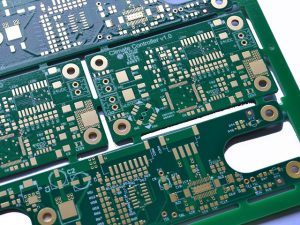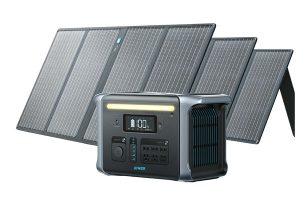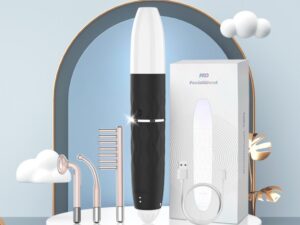In the dynamic world of LED displays, choosing the right model is crucial to ensure you get the best performance for your specific needs. Two popular indoor LED display models, P3 and P4, are often compared for their technical specifications, performance, and pricing. In this blog, we’ll explore the differences between P3 and P4 LED displays .
Technical Specifications
Let’s start by examining the key technical parameters of the P3 and P4 LED display models:
Pixel Pitch (Point Spacing):
P3: 3mm
P4: 4mm
Pixel Density:
P3: 111,111 pixels per square meter
P4: 62,500 pixels per square meter
Scan Type (Driver):
P3: 1/16 scan
P4: 1/8 scan
Average Power Consumption:
P3: 580W
P4: 390W
Optimal Viewing Distance:
P3: 3~30 meters
P4: 5~40 meters
Understanding the Differences
Pixel Composition:
The pixel pitch is a crucial factor in distinguishing between LED display models. Smaller pixel pitches result in higher pixel density, leading to clearer images. In this case, P3 has a pixel density of 111,111 pixels per square meter, while P4 has 62,500 pixels per square meter. With a 1mm reduction in pixel pitch, P3 gains over 48,000 additional pixels per square meter. This reduction in pixel pitch represents a significant technological advancement in high-definition LED displays.
Viewing Distance:
Smaller pixel pitches often come with increased production complexity and higher prices. However, they are best suited for shorter viewing distances. For instance, within a 10-meter range, P3 will provide a superior display compared to P4. Beyond 10 meters, the difference becomes less noticeable. Choosing P4 can still provide a satisfactory viewing experience at a lower cost. The choice between P3 and P4 should be based on the specific requirements of your display environment and your budget.
Technological Advancements:
In the past, P5 LED displays led the way in the indoor high-definition large-screen display sector. However, P4’s breakthrough in pixel density, with 25,000 additional pixels per square meter compared to P5, brings us closer to achieving the ideal requirements for displaying content on a 1-square-meter screen. This advancement has paved the way for even higher-resolution displays like P3, ushering in a new era of ultra-high-definition LED displays.
Expert Insights
According to industry experts like IAMLEDWALL, the choice of LED display model should primarily be based on the actual viewing requirements. It’s essential to consider factors such as the minimum and maximum viewing distances, content requirements, ambient lighting conditions, and other objective viewing parameters. In cases like LED stage backgrounds, there might be no need to opt for super high-definition models like P4 or P3, as the advantages may not be discernible to the audience at a distance of 10 meters or more.
Price Considerations
While the price of LED displays is not often publicly disclosed due to various factors, it’s crucial to understand that online information about LED display prices might not be up to date. Prices vary based on specific installation locations, purposes, and other factors. Therefore, it’s advisable to work closely with LED display experts to determine the most suitable model for your needs and to obtain an accurate budget estimate that includes components and installation costs.
Conclusion
In the LED displays industry, the choice between P3 and P4 LED models should be made based on your specific requirements. P3 excels in providing higher pixel density, making it ideal for shorter viewing distances, while P4 is a cost-effective option suitable for slightly longer viewing ranges. Both models have their strengths, and the selection should align with your practical needs and budget.





